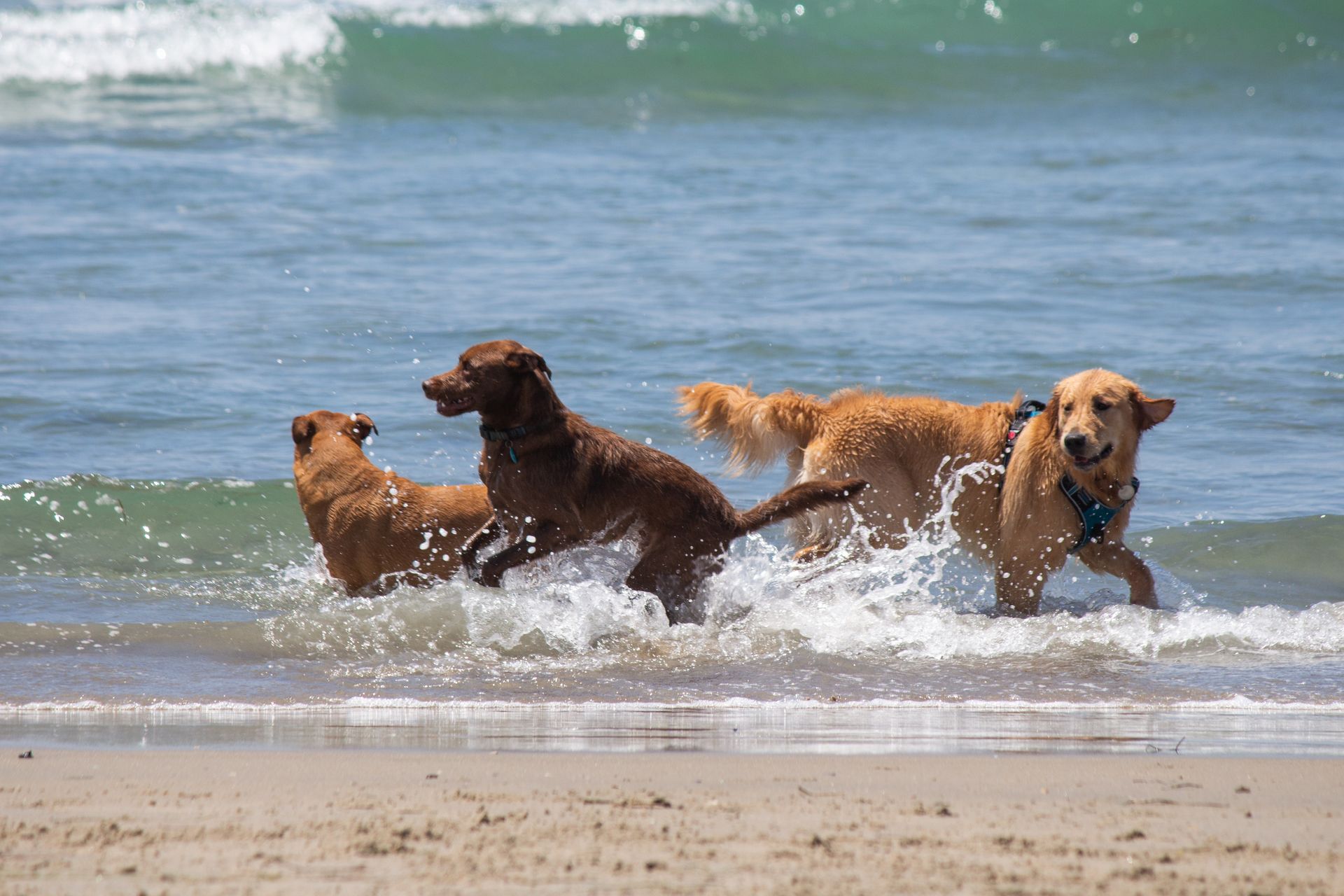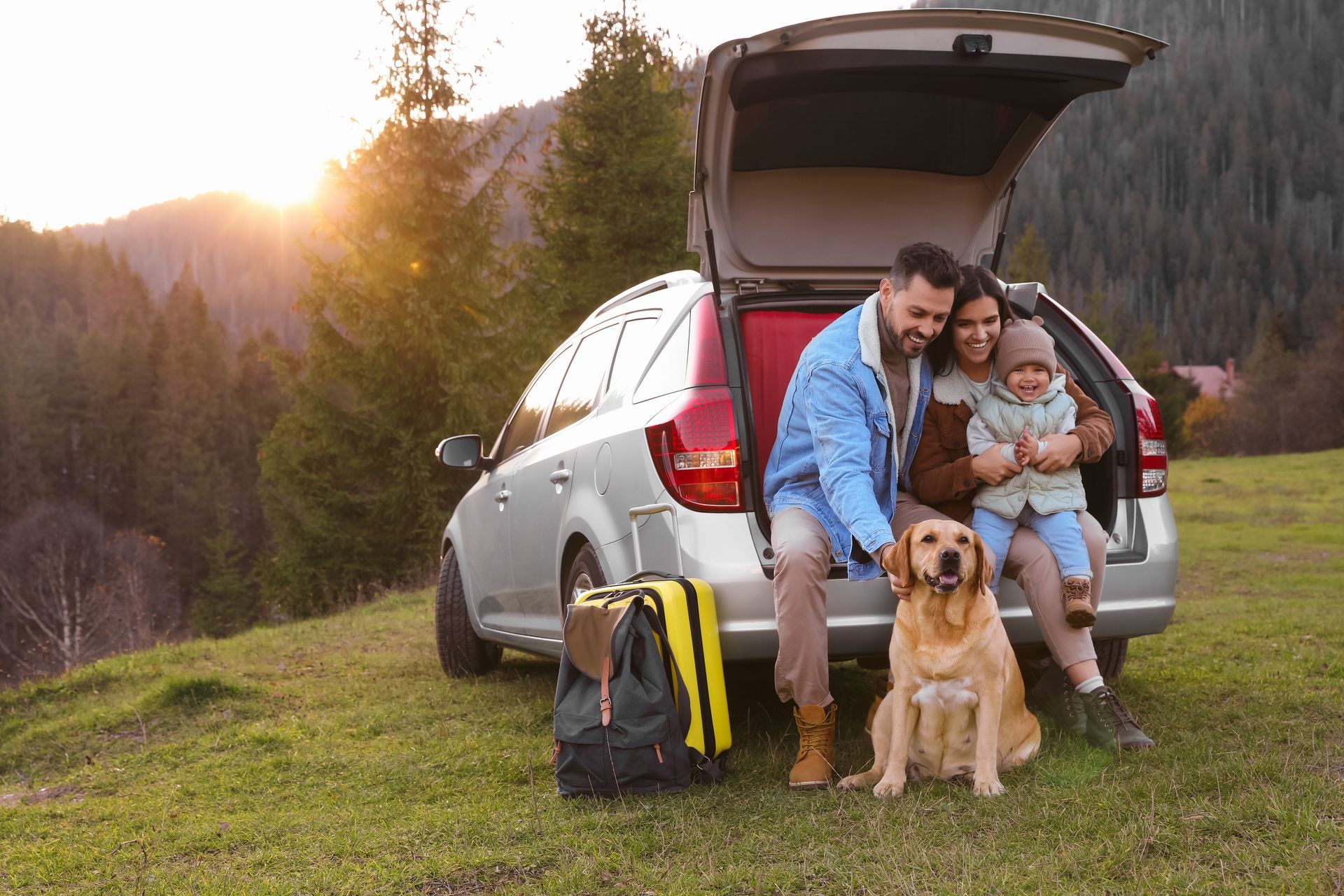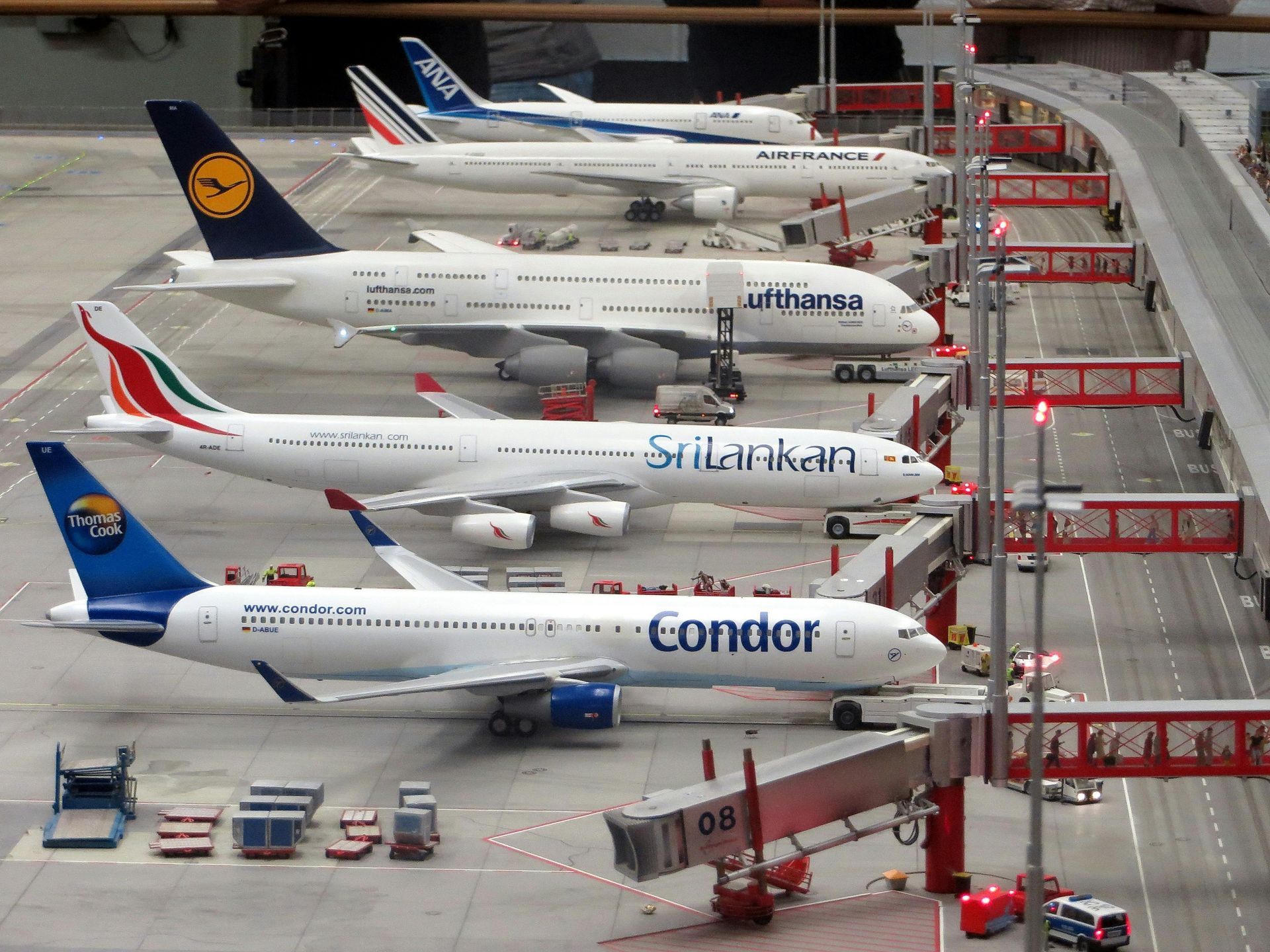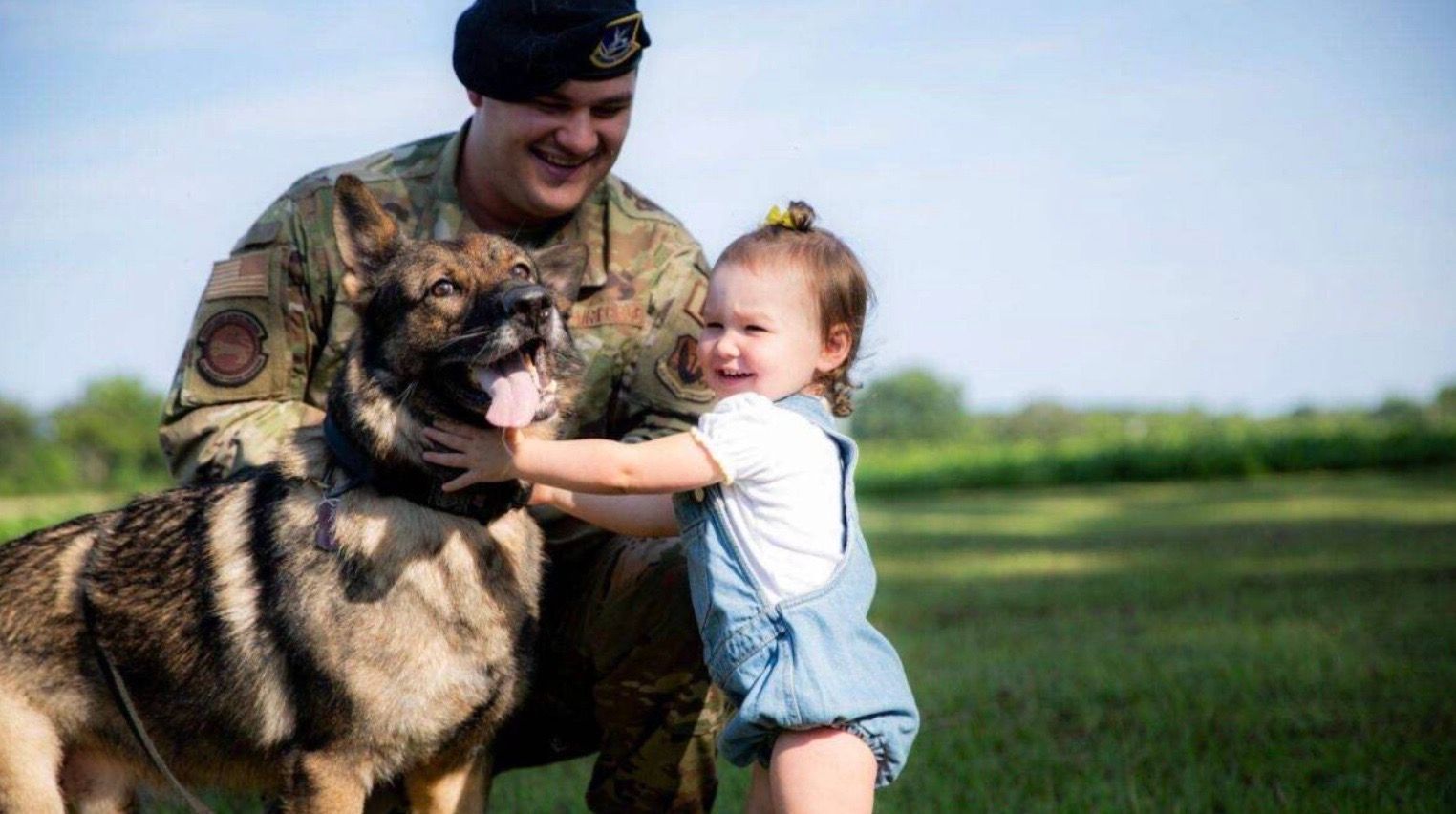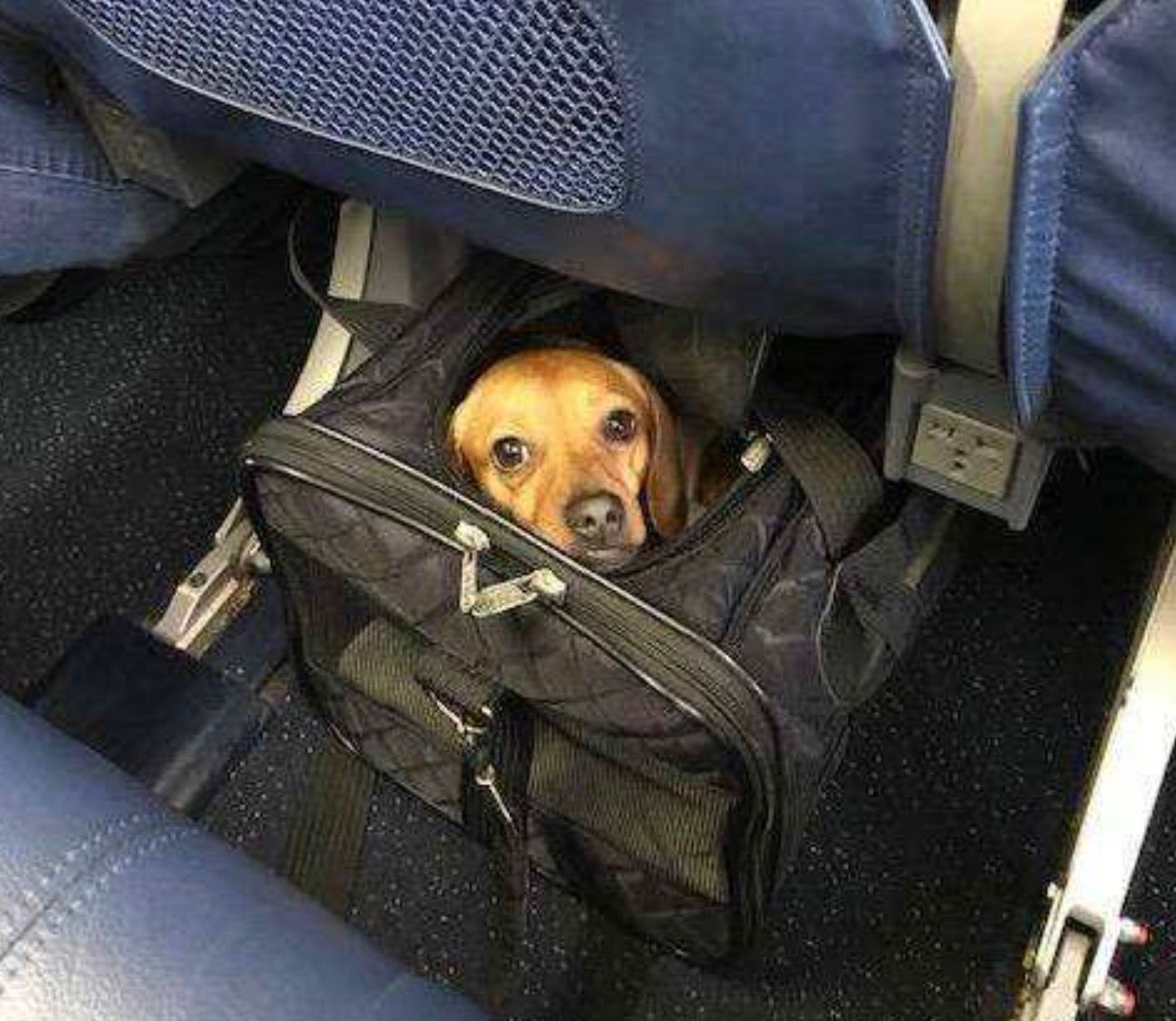7 Important Air Pet Transport Tips to Remember
Are you thinking about your international travels with pets? Here are 7 professional, helpful tips for a successful, stress-free air pet transport experience!
Whether taking your four-legged friend on a family vacation or relocating them abroad, ensuring they have a safe and successful journey is of the utmost importance. Before taking off with your pet, there are crucial professional pet transport tips.
From checking regulations in advance to bringing all the right supplies for their comfort and safety on board, these steps will help make the process easier for you and your furry companion. Ready to learn more? Keep reading for a comprehensive guide on international pet travel tips to remember.
Check with your airline in advance to make sure they allow pets on board and what their specific requirements are.
It is essential to check with your chosen airline in advance of traveling with a pet. Not all airlines allow animals on board, and those that do may have specific requirements that must be met before they accept the animal. Questions to consider include whether pets are allowed in the passenger cabin or need to travel as cargo; what type of carrier is required; if there are any size limits for the pet and its crate; how many animals can be transported at once; what paperwork needs to be completed before departure; and if there is an additional fee associated with taking a pet on board. Researching each airline's policy can help ensure you have everything you need so your furry friend arrives safely at their destination.
Ensure your pet is up-to-date on all vaccinations and has a valid health certificate from a licensed veterinarian.
Pet owners must ensure that their four legged companions are up-to-date on vaccinations and have a valid health certificate from a licensed veterinarian. All airlines require proof of current vaccinations, including rabies and other vaccines depending on the destination country or region. The health certificate must also be issued within ten days of travel and include information about the animal's breed, age, sex, coloration, and physical description. Additionally, some countries may require a health certificate issued within 48 hours, and additional documentation, such as an import permit or an export health certification, before entry. Taking the time to understand your destination's requirements before you begin your international air pet transport journey will help ensure everything goes smoothly when it's time to take off with your furry friend in tow!
Choose a travel carrier that is the appropriate size for your pet and has adequate ventilation.
When transporting a pet via air travel, choosing the right type of carrier is essential. The airline must be appropriate for your pet and provide adequate ventilation. A good rule of thumb is to select one that allows your pet to stand up, turn around, and lie down comfortably. Additionally, carriers should have a secure door latch or zipper enclosure with no sharp edges or exposed wires that could cause injury. It is also essential to ensure plenty of openings in the top and sides so fresh air can circulate throughout their space while traveling. The travel crate should allow your pet to stand up, turn around, and lie comfortably. For pets traveling as cargo or baggage, IATA regulations require that the minimum interior length of the crate is equal to the length of the pet, plus ½ the length of the pet's leg. You can find more information regarding crate sizing here.
Additionally, carriers for pets traveling as cargo or baggage should have a secure front door latch with locking pins that extend 1.6cm above and below the door and a bolt mechanism in the middle of the locking pins. Crates with openings on the roof, wheels, or side doors are unacceptable. The crate ventilation must be at least 16% of the crate, occur only on the upper 2/3 of the crate, and be ventilated on all 4 sides for international travel. The maximum openings for dogs is 25mm x25mm for dogs and 16mm x 16mm for cats. No container should have any surface or edge that can cause injury or be chewed.
Get your pet acclimated to the carrier by letting them spend time in it at home before the trip.
They are getting your pet acclimated to the carrier before their journey is an essential step in ensuring a successful international pet travel experience. Allowing your four-legged friend to spend time in the crate at home before departure can help reduce their anxiety and make it easier for them to get inside it on travel day. Begin by keeping the door open, allowing them access whenever they want, and gradually closing it for short periods while offering treats or other positive reinforcement. Doing this will help create a sense of familiarity with the environment so that when it's time for takeoff, your furry companion feels more comfortable in their new space. Additionally, providing everyday items such as favorite toys or blankets can give pets something comforting to hold onto during their trip, which can further aid in reducing stress levels associated with travel. These steps will help ensure you and your beloved animal have an enjoyable journey!
Pack any essential items your pet will need during the journey, such as food, water, toys, and a blanket.
When preparing for an international pet transport journey, it is essential to pack any necessary items your furry friend may need during their travels. This includes food and water dishes, a food that will last for the trip, and a blanket or towel to keep them comfortable. If possible, bring along something familiar such as a favorite toy or blanket that may provide comfort in an unfamiliar environment. It is also important to consider bringing medications if required and make sure each item is clearly labeled with your name and contact information in case there are any questions while in route. Depending on the nature of the travel and the itinerary, additional documentation may be required if medication is required to be administered during your pet's journey.
Arrive at the airport early, so you can check in and get your pet settled before takeoff.
When preparing for an international pet transport journey, it is essential to arrive at the airport early so you have plenty of time to check in and get your pet settled before takeoff. It is necessary to leave enough time for both yourself and your furry companion, as there are often additional requirements, such as carrier inspections or paperwork, that may need to be completed before boarding. Additionally, being on time will help reduce travel stress levels, making everyone's experience more enjoyable. Once you have arrived at the airport, take a few moments to familiarize yourself with the area and locate any amenities that may come in handy during your journeys, such as restrooms or restaurants. For pets booked as manifested cargo, the airline will require a check-in time average of 4 hours before departure. These steps will ensure everything runs smoothly when it comes time for departure!
It is also important to remember that most airlines require pets to travel via air cargo or baggage service. Contact the airline ahead of time for specific regulations regarding the transportation of animals by air. This includes gathering information about crate sizing requirements and restrictions based on animal size/type, weather conditions, etc., as well as learning what documentation needs to be completed before arriving at the airport. Knowing all this information beforehand can help save unnecessary delays while checking in, so preparing a plan ensures things go smoothly when it's finally time for takeoff! Following these guidelines will provide you and your beloved animal with a safe and enjoyable trip when transporting them overseas!
Be prepared for unexpected delays or changes in plans by having your pet's carrier easily accessible and having a backup plan in place.
When traveling with a pet, it is essential to be prepared for any unexpected delays or changes in plans. To do this, having your pet's carrier easily accessible at all times can help minimize the stress associated with last-minute changes. Additionally, a backup plan, such as extra blankets and food dishes, can provide comfort if their journey takes longer than expected. Furthermore, ensuring that all necessary documentation is completed before arriving at the airport and familiarizing yourself with local regulations will ensure you have everything needed when unforeseen issues arise during travel. These steps will help ensure you and your furry companion are well-equipped for whatever may come!
It is also beneficial to research potential lodging options along the route should an overnight stay become necessary due to flight cancellations or other unforeseen events. Knowing where pets are welcomed ahead of time can save hassle during moments of distress, so keeping this information handy could prove invaluable for you and your beloved animal friend. Ensuring that each item required for transport, including carriers, leashes, toys, medications, etc., is clearly labeled before departure will also make things easier should there be any need to transfer from one form of transportation to another while en route. Taking these precautions will create peace of mind knowing that every measure has been taken to keep your four legged companion safe throughout their travels! The airline will make arrangements for care and boarding for pets traveling booked as cargo if the itinerary changes after your pet is in their custody.
In conclusion, when traveling with your pet, you must take these steps to ensure it is a successful and safe journey. Checking with the airline beforehand, ensuring your pet is up-to-date on vaccinations, using an appropriate travel carrier, and being prepared for any potential unexpected events will help make the trip more enjoyable for you and your furry friend.
